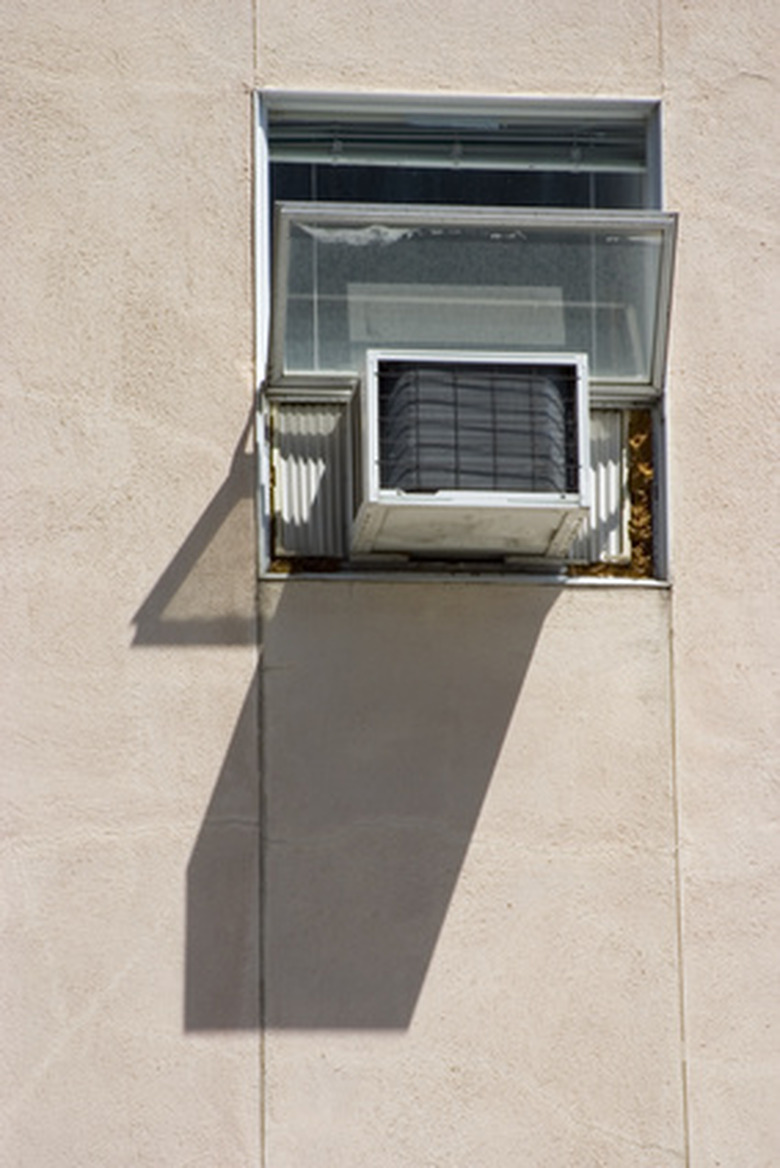How To Check And Charge A R-410A Refrigeration System
Things Needed
- Cylinder of R-410A
- Manifold Gauge
- Hoses
- Outdoor thermometer
- Liquid line temperature thermometer
- Pressure temperature chart
- Pressure conversion chart
In January 2006 the Environmental Protection Agency (EPA) banned the manufacturing of air conditioning systems that couldn't achieve a Seasonal Energy Efficiency Ratio (SEER) of 13. Until then the most common refrigerant used was R22. However, R22 can not meet the 13 SEER standard. Many AC systems today use a refrigerant known as R-410A.
The refrigerants are very different not only in composition but also in the processes used to charge the system. The tools needed for charging a system with R-410A are different from those used for R22 charging.
For the purposes of this article, assume there are no leaks in the R-410A system. If a system is leaking it must be repaired before recharging.
Step 1
Inspect the coils, blower wheels and the blower motor speed to insure they are operating properly. Using the temperature rise method (CFM = KW(Volts X Amps) X 3.413 divided by (Temp rise X 1.08)), check the airflow. Using the manufacturer's coil specification sheets, confirm the pressure drop across coils. The airflow measurement is used to find the evaporator load, so it must be accurate.
Step 2
Check the system operating pressures. Attach the hoses from the manifold gauge to the pressure taps on the liquid and suction service valves. Service valve locations can be found anywhere within the outside cabinet, but generally they are located near the coil.
Read and record the information on the pressure gauges for liquid and suction with the pencil and paper.
.
Step 3
Using the outdoor thermometer, measure and record the outdoor temperature.
Step 4
Measure the dry bulb temperature by placing a thermometer where air goes to the indoor unit in the return duct. Wrap the thermometer bulb in wet cloth and then measure the wet bulb temperature the same way as the dry bulb measurement, recording the results. This is an important step since it finds the evaporator load that's having a key effect on system pressures.
Step 5
Measure the liquid-line temperature to determine sub-cooling. Use a liquid-line thermometer that has a probe that can be tightly attached to the line. Place the attachment approximately 6 inches from the liquid service valve. Write down the measurement results.
Step 6
Connect the hoses from your manifold gauge to the pressure taps on the liquid and suction service valves. Measure and record the liquid and suction pressures. Measure the high side pressure at the service valve pressure tap for the liquid-line. Use a pressure conversion chart to change the high side pressure to saturated temperature. Deduct the liquid-line temperature from the saturation temperature of R-410A refrigerant in the condenser to compute the sub-cooling value. On the manufacturer's data sheet find the correct operating pressures for the circumstances found for the measured air. Also look at the sheet for needed sub-cooling levels.
Step 7
Charge the unit with enough R-410A to meet the manufacturer's specification if, based on the information from their data sheet, there may be a too low sub-cooling problem. If this is the case, it is most likely due to lack of refrigerant. Sub-cooling temperatures that are too high may be due to an excess of refrigerant in the condenser, but it may also be a failed TVX (Thermostatic Expansion Valve) or line restriction. It's important to check both high and low side pressures to determine if any of these issues are present.
If there is no line restriction and the TVX is working correctly, siphon off enough R-410A refrigerant until the pressure reading is at the level suggested by the manufacturer. Use a refrigerant recovery machine to safely transport the coolant as it is illegal to release R-410A into the air.
TL;DR (Too Long; Didn't Read)
R-410A must be introduced into the cooling lines as a gas. Turn the cylinder upside-down to recharge the system.
Warning
When purging a system of R-410A, use a refrigerant recovery machine as it is against federal law to disperse it into the air due to its greenhouse effect on the atmosphere.
Cite This Article
MLA
Edwards, Alan. "How To Check And Charge A R-410A Refrigeration System" sciencing.com, https://www.sciencing.com/how-7624037-check-charge-r410a-refrigeration-system/. 7 August 2017.
APA
Edwards, Alan. (2017, August 7). How To Check And Charge A R-410A Refrigeration System. sciencing.com. Retrieved from https://www.sciencing.com/how-7624037-check-charge-r410a-refrigeration-system/
Chicago
Edwards, Alan. How To Check And Charge A R-410A Refrigeration System last modified March 24, 2022. https://www.sciencing.com/how-7624037-check-charge-r410a-refrigeration-system/
